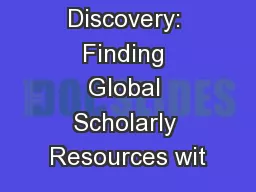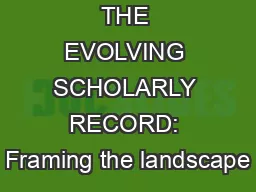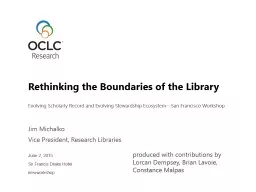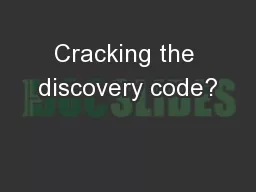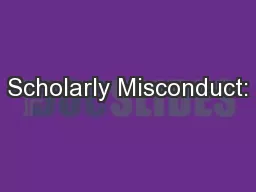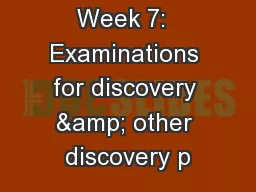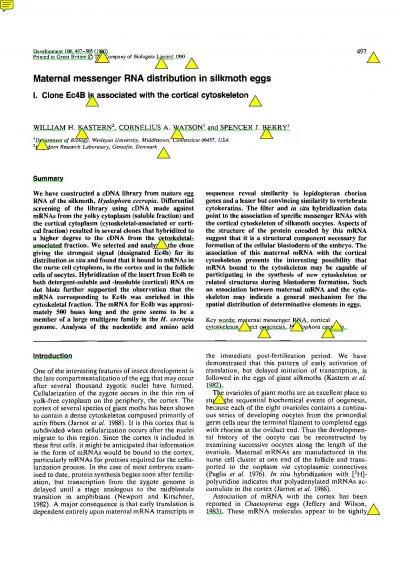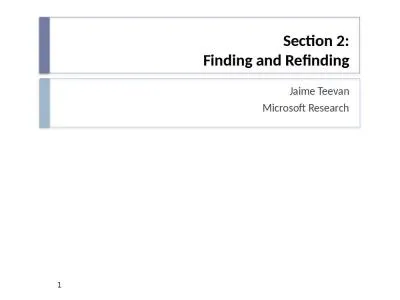PPT-Search to Discovery: Finding Global Scholarly Resources wit
Author : lindy-dunigan | Published Date : 2015-11-03
Pascal Calarco amp Alison Hitchens Library December 6 2011 Agenda The state of search in libraries Pascal Expanding Primo beyond the local catalogue Alison Questions
Presentation Embed Code
Download Presentation
Download Presentation The PPT/PDF document "Search to Discovery: Finding Global Scho..." is the property of its rightful owner. Permission is granted to download and print the materials on this website for personal, non-commercial use only, and to display it on your personal computer provided you do not modify the materials and that you retain all copyright notices contained in the materials. By downloading content from our website, you accept the terms of this agreement.
Search to Discovery: Finding Global Scholarly Resources wit: Transcript
Download Rules Of Document
"Search to Discovery: Finding Global Scholarly Resources wit"The content belongs to its owner. You may download and print it for personal use, without modification, and keep all copyright notices. By downloading, you agree to these terms.
Related Documents

